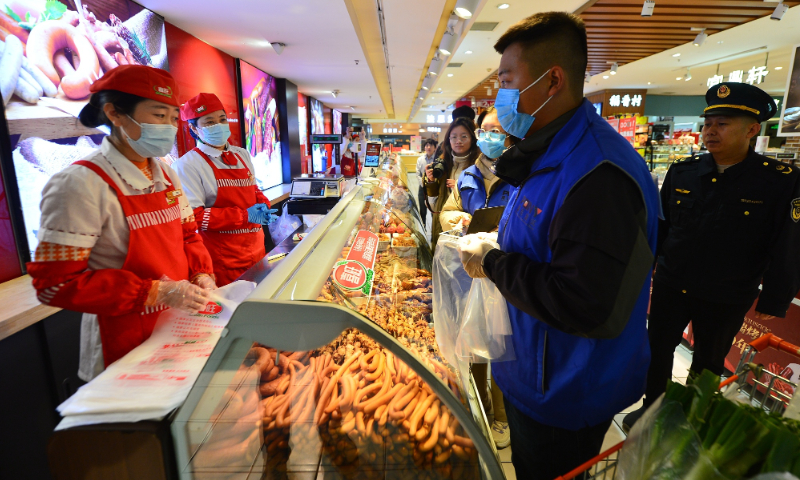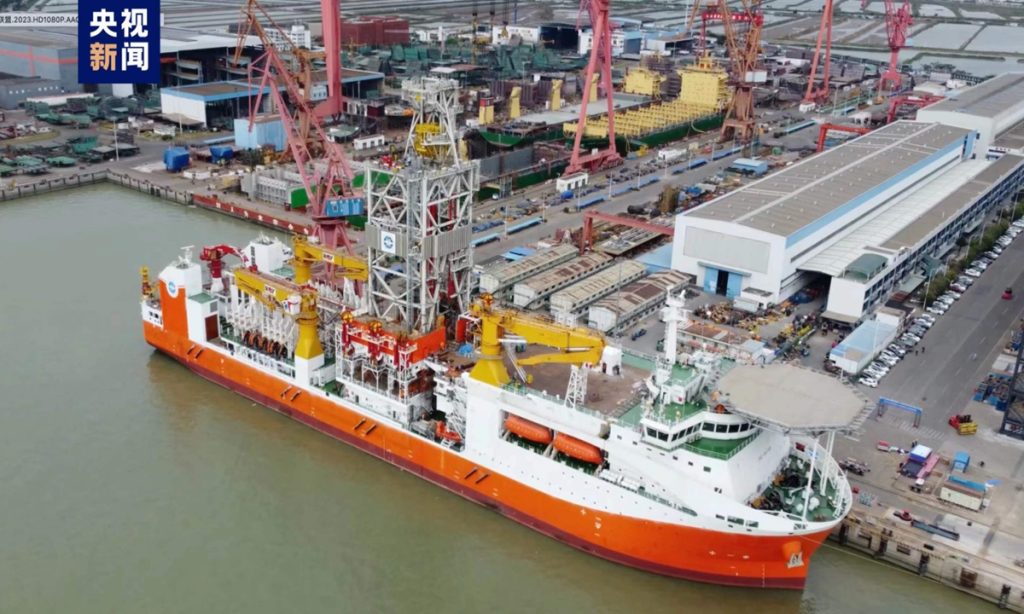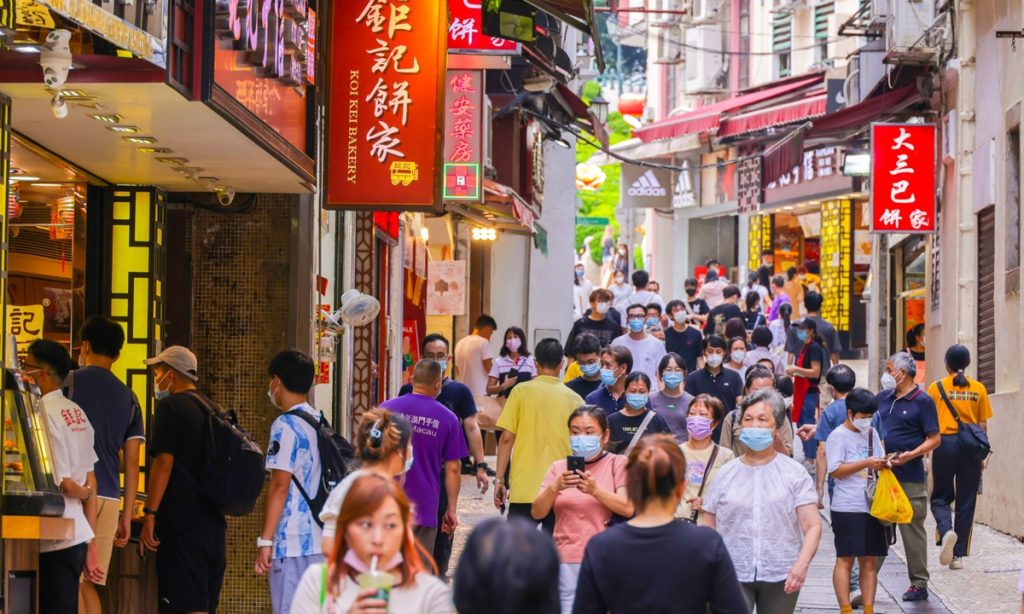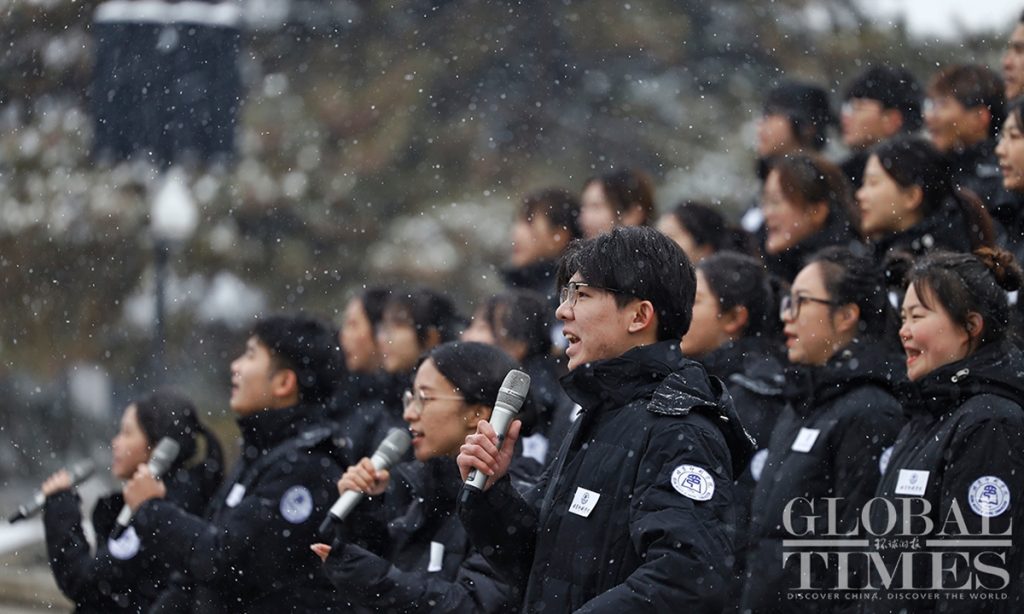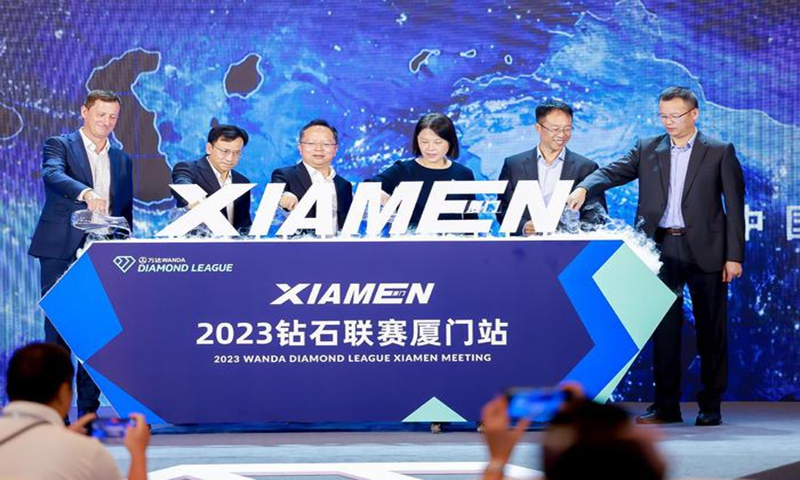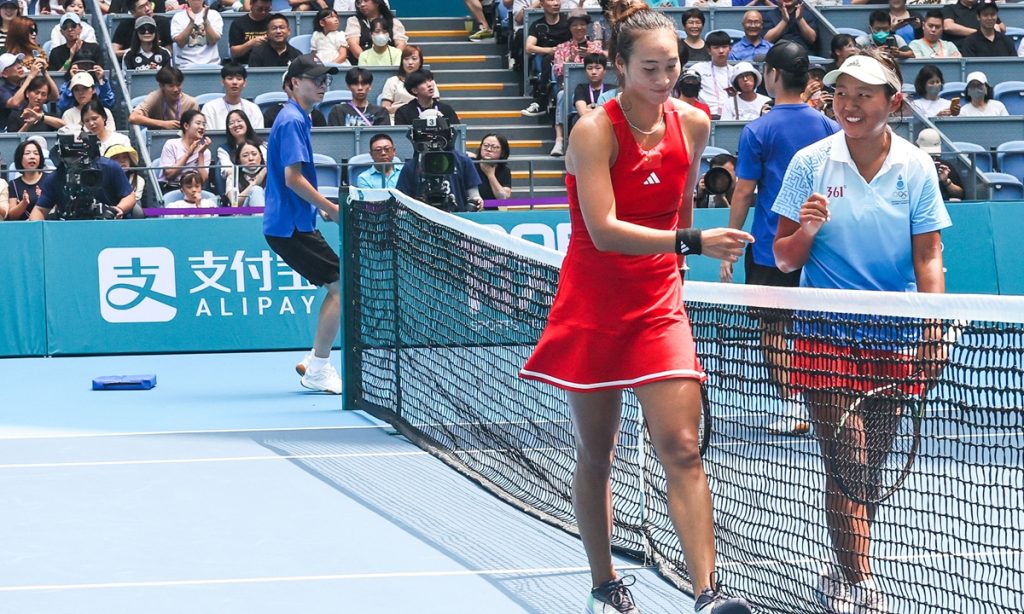India's intensified probe into Chinese companies casts shadow on its image: experts
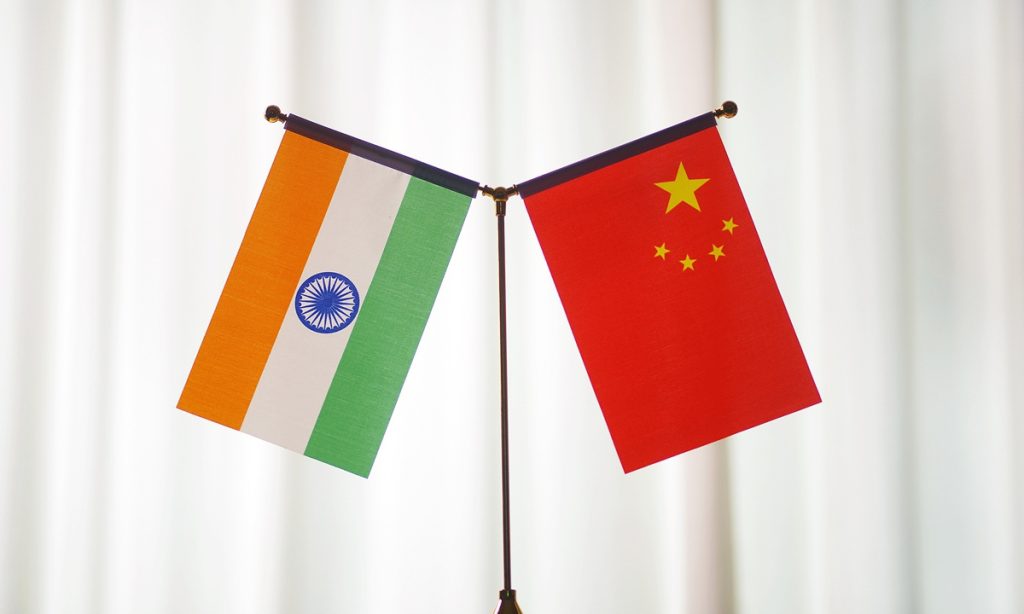
India's Enforcement Directorate, the country's financial crime-fighting agency, reportedly conducted probes across 19 locations against what it described as "potential violations of the Prevention of Money Laundering Act" by Chinese-owned companies, reported India Today, in another unscrupulous move targeting Chinese companies.
India's heightened scrutiny of Chinese companies, fueled by purely political motives, is tarnishing the country's image and transforming it into what resembles more of a "graveyard for foreign companies," Chinese experts warned.
The Enforcement Directorate alleged that the corresponding Chinese-owned fintech companies, collaborating with local non-banking financial companies and payment gateways, engaged in unethical lending practices, India Today reported on Tuesday.
The agency seized 13 million rupees ($1.6 million) in cash and several incriminating documents, the report said.
Indian authorities, exercising their right to investigate companies within the country, have increasingly concentrated on Chinese businesses, especially in the past three years, where major companies like Chinese smartphone makers Xiaomi and Vivo have frequently become targets, leading observers to believe in the existence of strong political motives behind these actions, Chinese experts said.
The latest move is only making the country less favorable for international investors, especially those from China, that have played an important role in creating jobs, paying taxes and contributing to the industry chain's development, Qian Feng, director of the research department at the National Strategy Institute at Tsinghua University, told the Global Times on Wednesday.
India's discriminatory sanctions targeting Chinese companies and their employees include routine financial and tax audits, fines and abrupt spikes in import tariffs, while disregarding these companies' contributions to the local economy, an India-based industry veteran told the Global Times in a recent interview.
The probe came just about a week after the same government department arrested three senior employees working for Vivo's India unit under the provisions of the Prevention of Money Laundering Act in late December.
On December 30, only a few days after the arrest, an Indian trial court ordered the immediate release of the three arrested.
"The phenomenon of politicizing judicial tools in India is already evident," Qian said, noting that it will have a significant impact on India's touted investment environment, and also affect bilateral economic and trade relations.
Since the border conflict between China and India in June 2020, there has been a noticeable escalation in Indian authorities' hostility toward Chinese companies, including the prohibition of more than 200 Chinese apps, initiating investigations related to taxation and anti-money laundering concerning Chinese businesses, and intensifying the examination of Chinese investments.
If India continues down this path, it will only add another negative aspect to its reputation as a "foreign enterprise graveyard," Qian noted.

